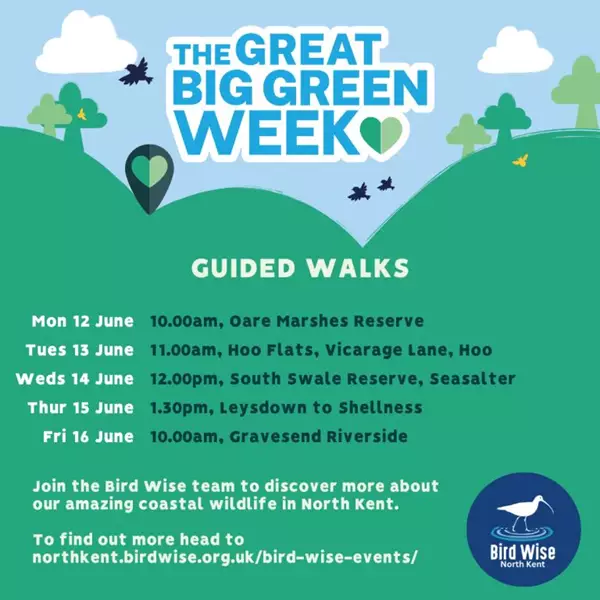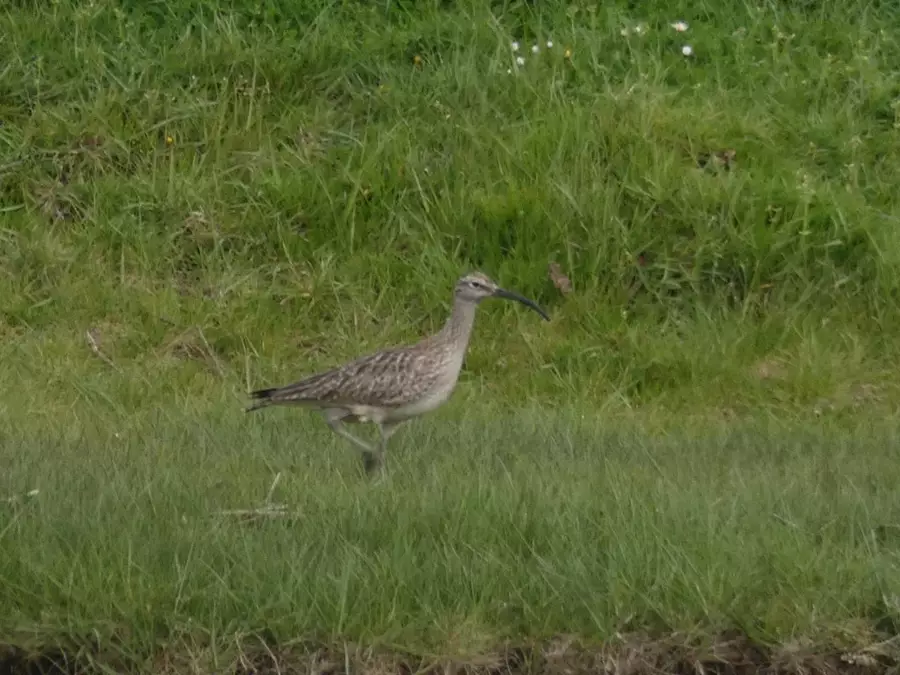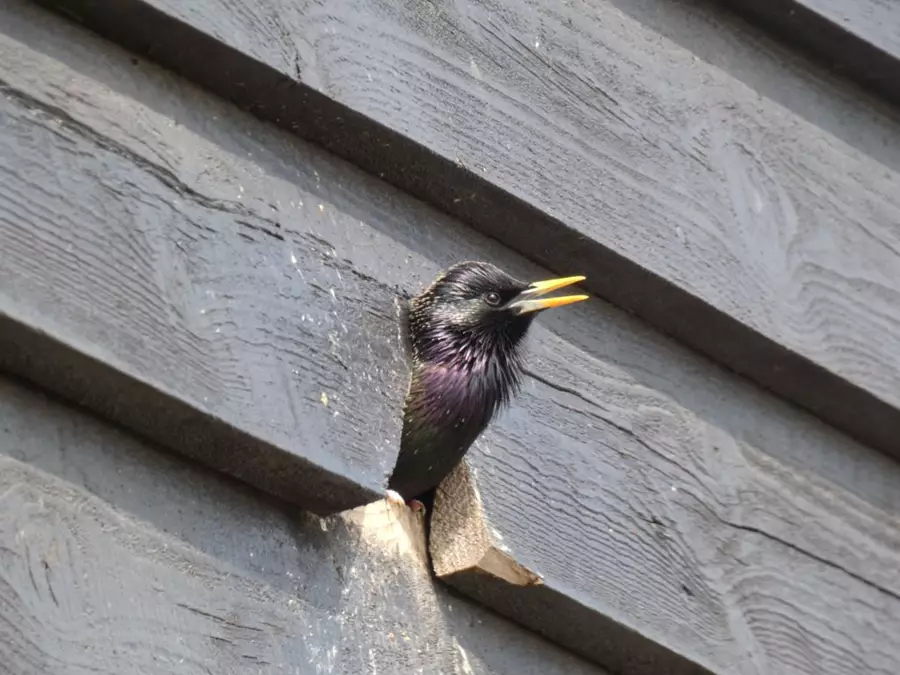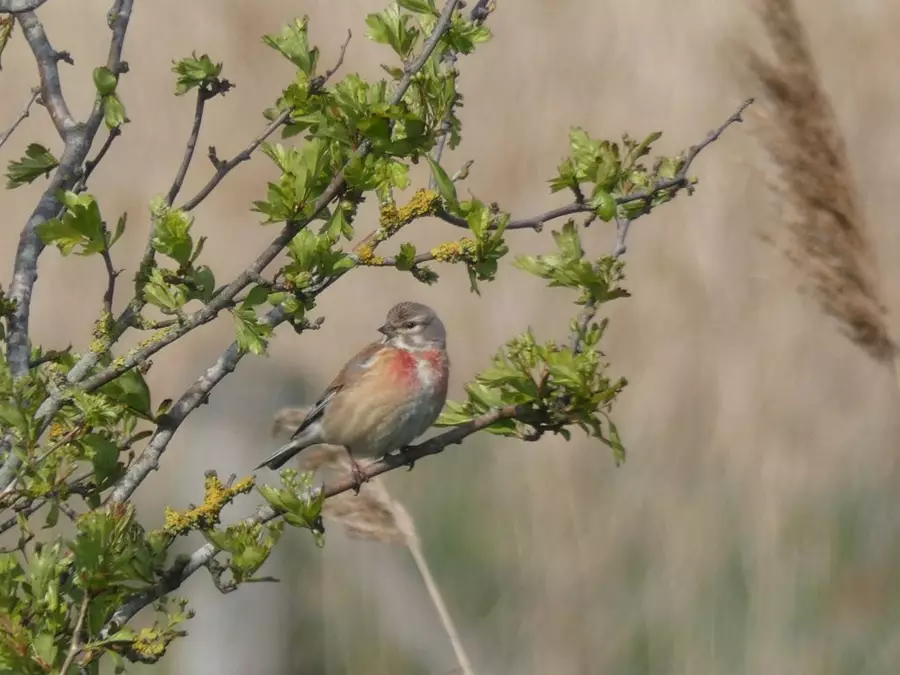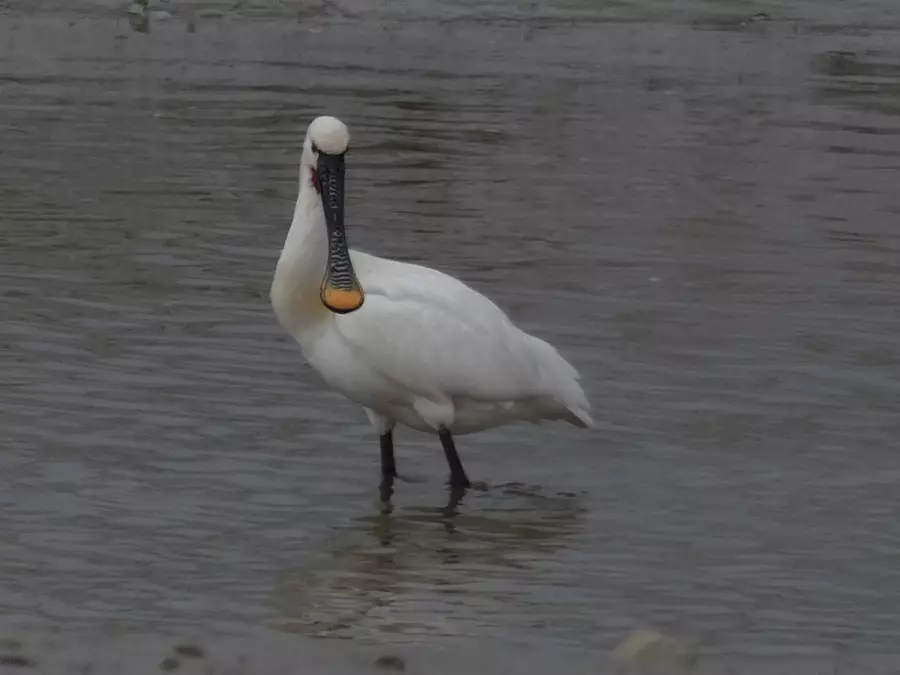Take a walk on the wild side.
Faversham’s position on The Swale makes it a haven for wildlife throughout the year. The tidal marshes, mudflats and shingle provide habitat for some rare and vulnerable species to feed, roost and nest.
The team at Bird Wise North Kent are lucky to call this coastline our office so here we share some of the species we’ve spotted on our walks around Faversham, along with some tips on how we can all help to avoid disturbing wildlife when enjoying the coast.
Spring
Excitement builds as daylight increases, temperatures creep upwards and the sound of birdsong fills the sky, nesting season is beginning! Garden birds are busy gathering nesting materials and choosing the best territories so make sure your nest boxes are clean and ready for new residents. On Faversham Creek and Oare Marshes, look out for Mute Swans that nest each year amongst the reeds on a raised nest approximately a metre in diameter. Mediterranean gulls arrive with their characteristic ‘mewing’ call which is completely different to the raucous squawking of our resident Black Headed gulls. They nest in colonies out on the Swale whilst the larger Herring Gulls noisily claim their nesting territories on rooftops around the town. Keep your ears open for the Chiffchaff singing from the top of trees, a real sound that spring has arrived. As the weather warms up, Blackcaps, Whitethroats and in scrubby locations the occasional Nightingale will join the chorus. Dawn chorus peaks at the beginning of May and is best enjoyed at daybreak. It is definitely worth the early start so set your alarm and enjoy nature’s concert. Most of our winter migrants will be heading north to their breeding grounds but passage migrants like the Whimbrel will pass through in April, they are the Curlew’s smaller cousin and can be found on Faversham Creek feeding on their way up to Scandinavia.
Summer
Swifts are back and screeching high overhead, along with Swallows and House Martins. Around the water treatment plant, you will see them swooping in large flocks catching flies and other insects. Keep a look out for Terns fishing on the Swale and on the creeks. They are smaller and sleeker than our gull species with a black top to their head and a forked tail, giving them their nickname ‘sea swallow.’ Tern and gull chicks will be fledging in June and the colonies around the Swale are extremely noisy. Ground nesting birds like Skylarks, Redshank, Oystercatcher and Ringed Plover are busy feeding chicks so it’s really important to keep feet and paws on marked paths to avoid disturbing nests. Some garden birds that nested in early spring may have another brood in summer so keep putting food and water out to help them. In periods of dry weather, a small bowl of water in the garden will be a lifeline to birds and other wildlife.
Autumn
As nesting season draws to a close, we say goodbye to Terns, Swallows, Swifts and other species that head south to winter in Africa. Some other species might drop in on their way southward, known as passage migrants, to refuel on the creeks and coastline. The first winter migrants start to arrive in September with the whistle of Wigeon a welcome sound on our coast. If you’re tempted to start pruning in the garden, don’t forget to leave a few seed heads on plants to provide food for our garden birds!
Winter
This is our favourite season as it’s when our coastline is alive with the sound of thousands of ducks, geese and wading birds that arrive on our coastline having spent spring and summer as far north as Siberia. Brent Geese with their familiar ‘cronking’ call start to arrive in October and will be busy refuelling on their favourite eel grass at Oare Marshes. Waders like Dunlin and Black Tailed Godwit are back on the mudflats feeding on invertebrates to replace the calories lost during their long migratory flights. To get the best views of these birds, head to the coast 2-3 hours before high tide to watch them pushed in with the tide. About an hour after high tide is also a fun time to view as the birds return to feeding as the mud is uncovered again. Starling flocks perform swirling murmurations as our own resident populations are joined by winter migrants, the best time to see them is at dusk as the birds come in to roost for the night.
There is always something to enjoy on our Faversham coastline once you know what to look and listen out for. This year we were treated to fantastic views of a Spoonbill on Faversham Creek which was there for several months.
Spending time outdoors around nature is fantastic for both our mental and physical health but we need to ensure our recreational activity doesn’t disturb the wildlife. There are simple steps we can all take to avoid disturbance:
- Always keep to marked paths and follow instructions on signs.
- Take all rubbish home and dispose of it responsibly.
- Have dogs under close control or on a lead near wildlife.
- Stay a good distance away from wildlife and move back if you hear alarm calls.
There are lots more hints and tips on the Bird Wise website which you can find here www.northkent.birdwise.org.uk and follow us on Facebook, Instagram and Twitter @birdwisenk to learn more about the fantastic wildlife on our doorstep. We run guided walks throughout the year which are suitable for beginners, and we look forward to seeing you at one soon.

